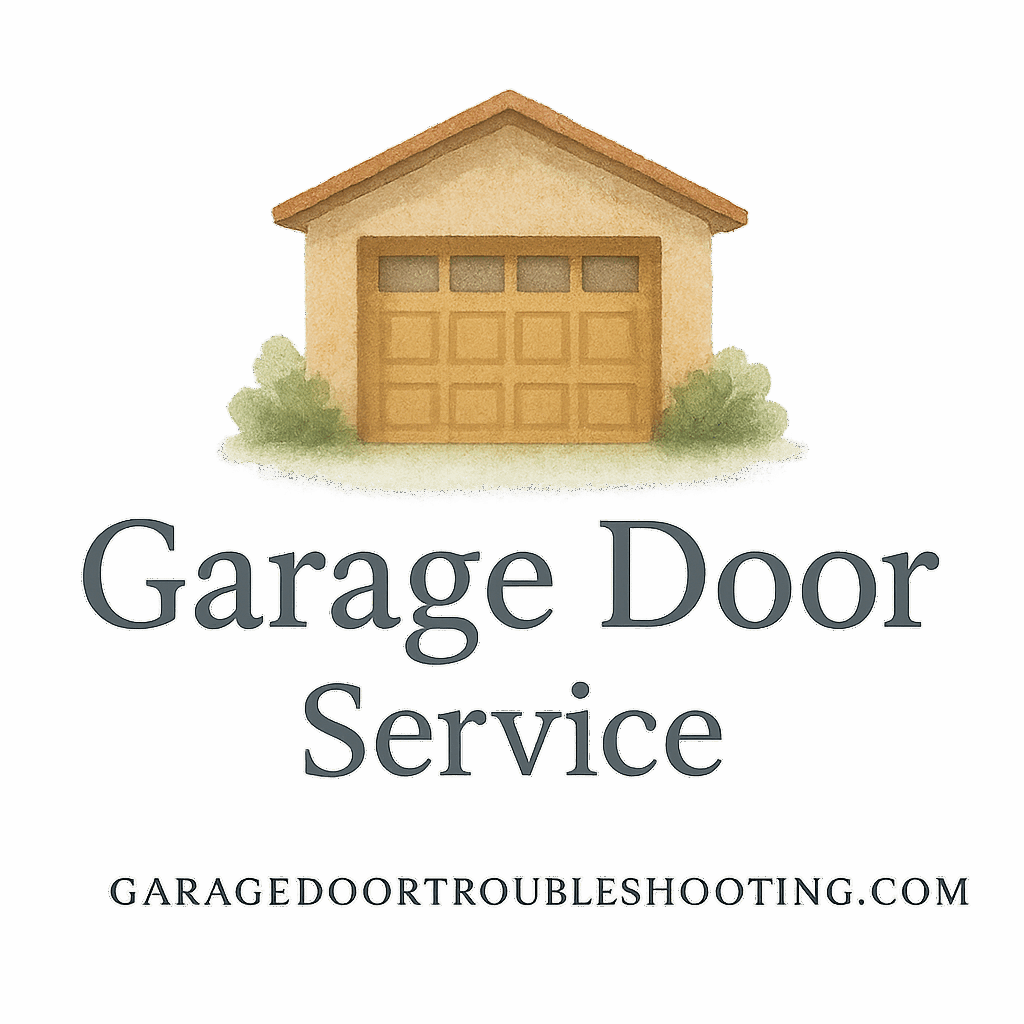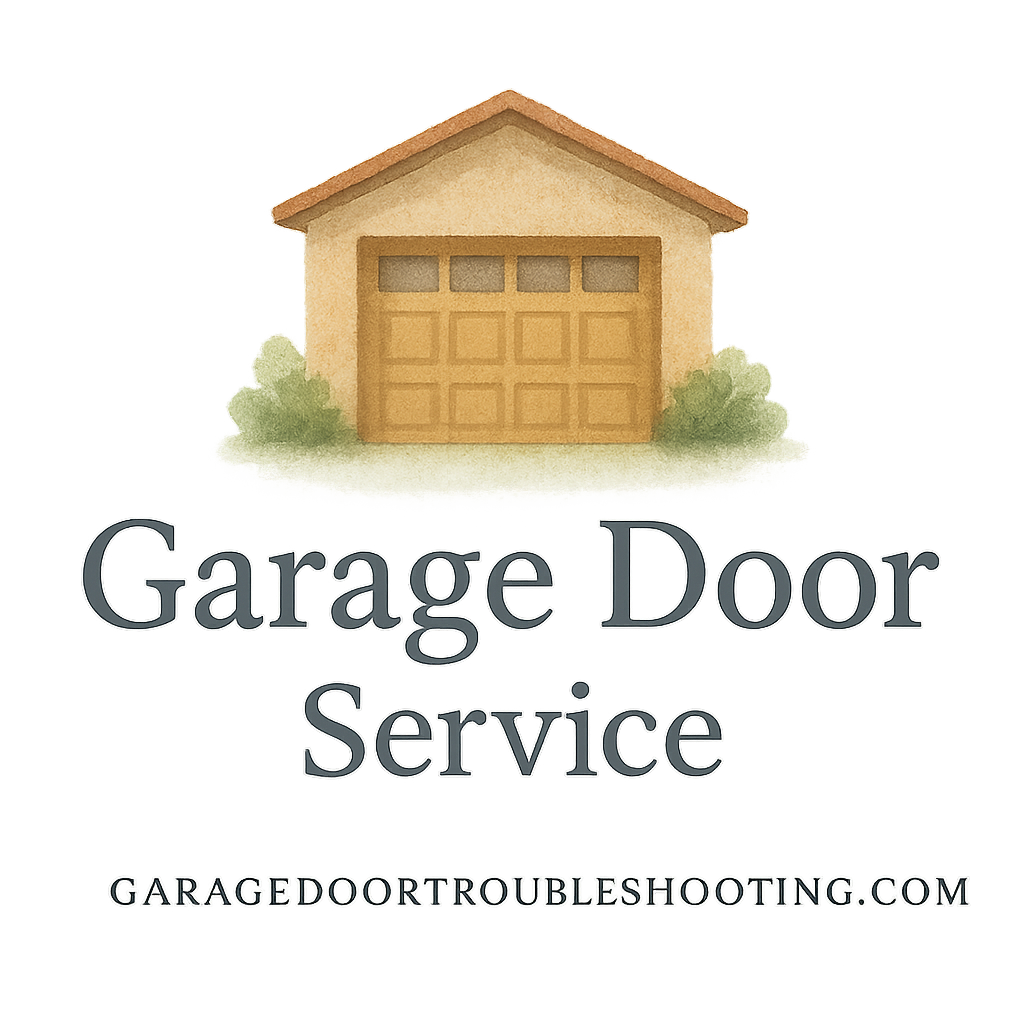When it comes to garage door repairs, the springs often take center stage. They carry the weight, ensure smooth movement, and keep your door functional day after day. But here’s the catch—these springs don’t last forever. The good news? With a few expert tricks, you can extend their lifespan and avoid constant replacements. Let’s dive deep into five proven ways to make your garage door springs last longer.
Why Garage Door Springs Deserve Your Attention
The Role of Springs in Garage Door Systems
Think of garage door springs as the muscles of your garage. Without them, lifting a heavy door would feel like deadlifting a refrigerator every single time. Springs counterbalance the door’s weight, making it easy for your opener (and you) to do the heavy lifting.
Common Issues That Shorten Spring Lifespan
Springs don’t just snap out of nowhere. Issues like poor lubrication, lack of balance, overloading, or even improper installation speed up their wear and tear. Ignoring these small problems often leads to big, costly repairs later.
Trick 1: Regular Garage Door Maintenance
Lubricating Springs the Right Way
Lubrication is like giving your springs a spa treatment. A little silicone-based spray every few months reduces friction, prevents rust, and keeps the springs moving freely. Without it, metal-on-metal friction quickly eats away at spring life.
Seasonal Maintenance Checklist for Homeowners
- Check for rust or corrosion.
- Apply lubricant on torsion or extension springs.
- Inspect cables, rollers, and hinges for wear.
- Listen for unusual noises when the door operates.
Why skipping lubrication is a costly mistake
Skipping lubrication may save you five minutes today, but it could cost you hundreds tomorrow. Springs without lubrication grind against themselves, lose tension faster, and eventually snap.
For more seasonal care, check out these garage door maintenance tips.
Trick 2: Balance Your Garage Door Correctly
How to Test Door Balance at Home
Here’s a simple trick: disconnect your opener and manually lift your door halfway. If it stays in place, it’s balanced. If it slams shut or flies open, you’ve got a problem.
Professional Adjustments vs. DIY
Adjusting springs isn’t like fixing a squeaky hinge—it’s dangerous. If your door fails the balance test, it’s time to call in an expert. They have the tools and know-how to make safe adjustments.
Risks of ignoring garage door imbalance
An unbalanced door makes your springs work overtime, leading to premature failure. It also puts your opener under unnecessary strain.
Get advice from garage door services professionals to handle balance safely.
Trick 3: Avoid Overloading the Garage Door
Know Your Door’s Weight Limit
Every door has a weight rating, and springs are calibrated for it. Adding weight (like insulation kits or windows) without upgrading springs means trouble down the road.
Impact of Heavy Add-Ons (Insulation, Windows, Paint)
While upgrades look nice and improve efficiency, they often add extra pounds. Even a few pounds beyond the design limit can reduce spring life significantly.
Smart planning to prevent strain
Before making modifications, plan ahead. Ask yourself: Can my current springs handle this extra load? If not, upgrade to stronger or high-cycle springs.
Learn more from this garage door installation advice.
Trick 4: Choose the Right Type of Spring
Torsion vs. Extension Springs
- Torsion Springs: Mounted above the door, last longer, provide smoother operation.
- Extension Springs: Located on the sides, cheaper but wear out faster.
High-Cycle Springs: Worth the Investment?
If you open your garage door multiple times a day, investing in high-cycle springs is a no-brainer. They’re built to last tens of thousands more cycles compared to standard ones.
Buying guide for long-lasting springs
Check out this buying guide before choosing between torsion, extension, or high-cycle springs.

Trick 5: Professional Garage Door Services Matter
When to Call a Garage Door Repair Expert
If you notice squeaking, imbalance, or visible wear, don’t wait until the spring breaks. Calling in a garage door repair guide early prevents accidents and costly emergency fixes.
Service Contracts That Save You Money
Many companies offer annual service contracts. These include regular inspections, lubrication, and adjustments. In the long run, they’re cheaper than paying for emergency spring replacements.
How professionals extend spring life
Experts don’t just fix problems—they prevent them. By spotting wear early and making precise adjustments, they help springs last years longer.
Check out service contracts for peace of mind.
Safety Precautions When Working Around Springs
Why DIY Garage Door Repairs Can Be Dangerous
Garage door springs are under extreme tension. A sudden release can cause serious injuries. That’s why experts stress avoiding DIY spring replacement.
Learn more about dangerous repairs.
Childproofing Your Garage Door Area
Kids are naturally curious, but springs are no playground. Keep remotes out of reach, and remind children not to play near the garage door.
See these childproof safety tips.
How Long Should a Garage Door Spring Last?
Factors Affecting Spring Lifespan
- Usage cycles per day
- Quality of installation
- Local climate (humidity and rust factor)
- Maintenance habits
Signs It’s Time to Replace Your Spring
- Loud banging noise when operating
- Door feels heavy to lift manually
- Visible gaps in the spring coil
- Door doesn’t open evenly
Explore more garage door safety and security.
Smart Habits for Homeowners to Maximize Spring Life
Scheduling Regular Inspections
Make inspections part of your seasonal routine. Just like car servicing, preventive checks save you from bigger repair bills.
Building a Maintenance Plan
Creating a yearly maintenance plan with professionals ensures nothing slips through the cracks.
Conclusion
Your garage door springs are small but mighty. By following these five expert tricks—regular maintenance, balancing, avoiding overloads, choosing the right springs, and leaning on professional help—you can dramatically extend their life. Remember, a little attention today means fewer repairs tomorrow. Treat your springs well, and they’ll serve you faithfully for years.
FAQs
1. What’s the average cost to replace garage door springs?
On average, replacing springs costs between $150–$300, depending on type and labor.
2. Can I replace a garage door spring myself?
It’s strongly discouraged. Springs are under high tension and can be dangerous. Always hire a professional provider.
3. How often should I lubricate springs?
Lubricate every three months or at least twice a year.
4. Are high-cycle springs better for heavy doors?
Yes, high-cycle springs are designed to handle frequent use and heavier doors.
5. What happens if I ignore spring maintenance?
Ignoring maintenance leads to early spring failure, costly repairs, and possible safety hazards.
6. How do I know if my garage door is unbalanced?
If it doesn’t stay halfway when lifted manually, it’s unbalanced.
7. Is a service contract worth it for garage door upkeep?
Absolutely. Service contracts offer regular inspections and maintenance that extend spring life and reduce repair costs.


